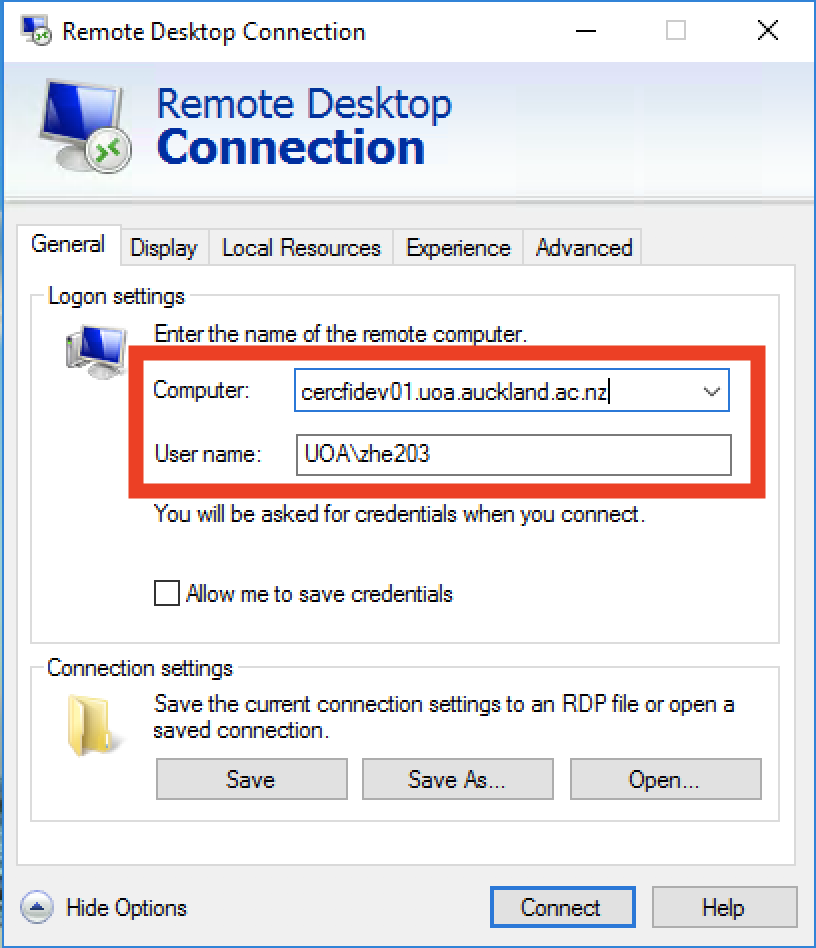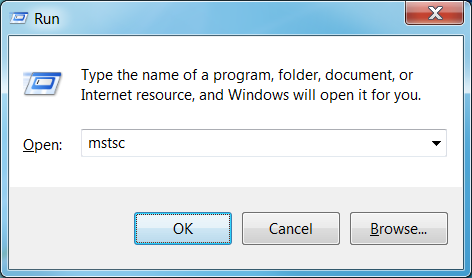


For this reason, we will not be explaining how to use this method in this guide. However, using Remote Desktop (RDP) in this way is considered highly insecure because the unsecured open port could be accessed by a hacker or cybercriminal. The VPN must also provide a dedicated static IP address (a dynamic address will change over time and will leave you unable to connect to your home’s computer).Īnother option is to connect your computer directly to the internet using an open port on your router. This is a relatively rare feature, so you will need to check with your provider to be sure it has it. Using a VPN to access your computer remotely will require a subscription to a service that provides port forwarding. This is because remote access software provides an easy and effective way of accessing a computer’s desktop securely. Use a VPN with a dedicated IP and port forwarding.įor most people, using a third party remote desktop client will be the easiest option for accessing their Windows desktop remotely. There’s a third face to Remote Desktop also, but it’s designed to provide access to managed virtual machines (VMs) and virtualized applications via Azure (or equivalent in-house virtualized and managed infrastructures).Use Windows’ built in Remote Desktop application and port forwarding on your router (not considered secure). It also makes controls and settings more directly available (through the Settings control at the upper right corner of the app window) and shows a thumbnail view for active connections so users can see what’s on a remote desktop. On the right, the newer Remote Desktop app (URDC) presents a sleeker, more modern appearance.

The General tab offers controls for quick connections, with other tabs (Display, Local Resources, and so on) for more detailed controls over the remote PC’s appearance, resolution, performance, and so forth. It’s been unchanged for a more than a decade. On the left, you see the old application-style Remote Desktop Connection (MSTSC). IDGįigure 1: Old-style Remote Desktop Connection (RDC or MSTSC) on the left, newfangled Remote Desktop (URDC) on the right. Figure 1 shows these two remote desktop clients side-by-side on a current Windows 10 desktop. Another is the newer Remote Desktop, a Universal Windows Platform app that Microsoft calls URDC, with package name Microsoft.RemoteDesktop_.0_圆4_8wekyb3d8bbwe. One is the old, familiar Terminal Server-based Remote Desktop Connection (RDC), also known as MSTSC for its executable name mstsc.exe. Ever need to access a computer remotely? It’s easy to do in Windows 10, but Microsoft has provided a few different ways to get there.


 0 kommentar(er)
0 kommentar(er)
